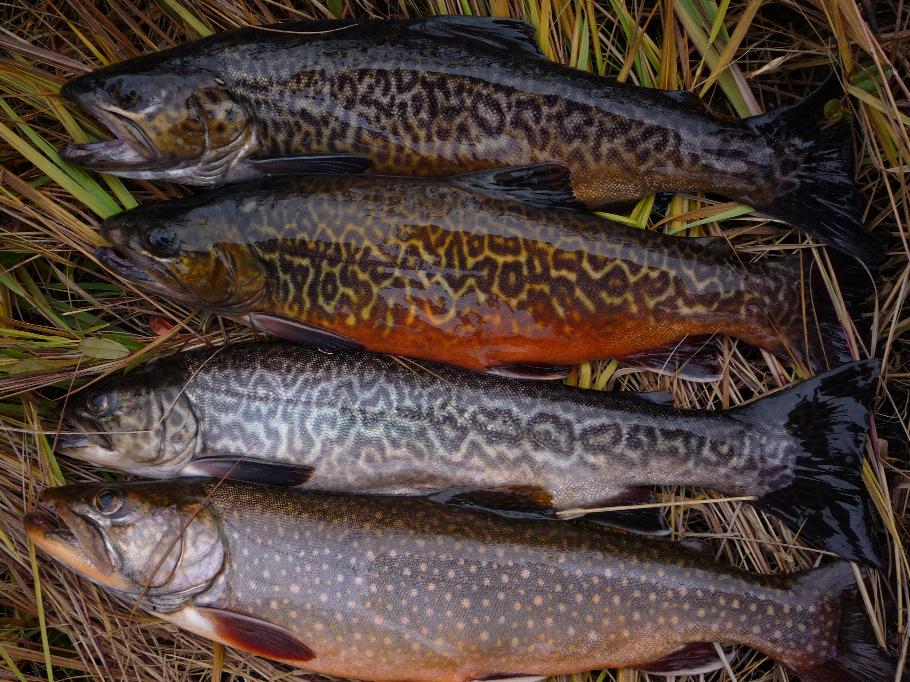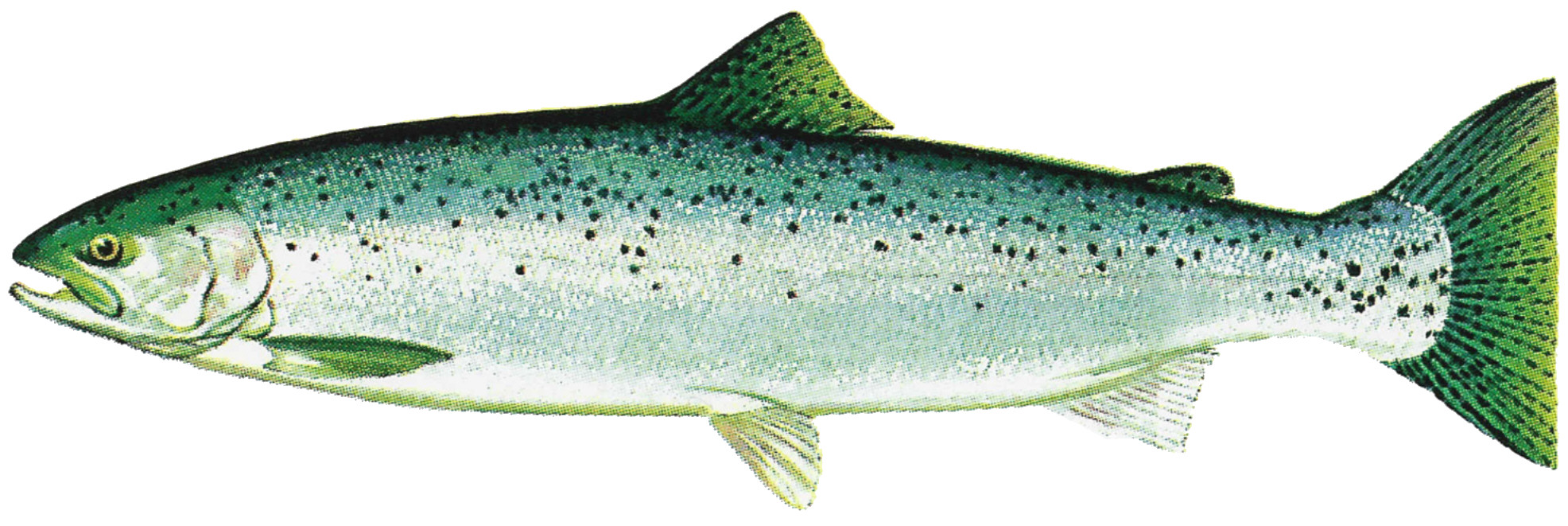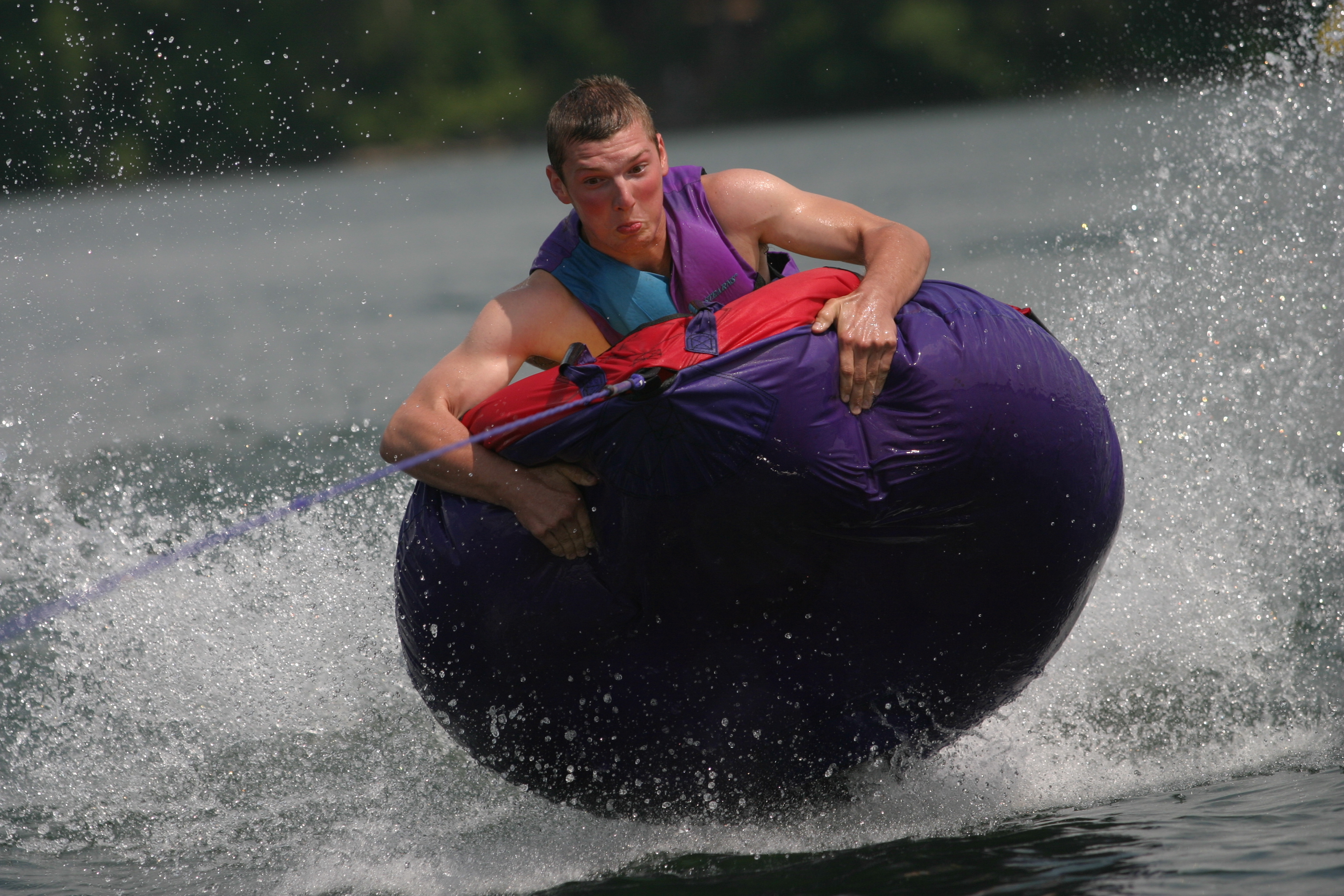|
Cache La Poudre River
The Cache la Poudre River ( ), also known as the Poudre River, is a river in the state of Colorado in the United States. Name The name, , is a corruption of the original , or " cache of powder". It refers to an incident in the 1820s when French trappers, caught by a snowstorm, were forced to bury part of their gunpowder along the banks of the river. Geography Its headwaters are in the Front Range in Larimer County, in the northern part of Rocky Mountain National Park. The main source is Poudre Lake. The river descends eastward in the mountains through the Roosevelt National Forest in Poudre Canyon. It emerges from the foothills north of the city of Fort Collins. It flows eastward across the plains, passing north of the city of Greeley, and flows into the South Platte River approximately east of Greeley. History The river is a popular summer destination for fly fishing, whitewater rafting, tubing, and kayaking in the Poudre Canyon, due in large part to the enormou ... [...More Info...] [...Related Items...] OR: [Wikipedia] [Google] [Baidu] |
Fort Collins, Colorado
Fort Collins is a List of municipalities in Colorado#Home rule municipality, home rule municipality in Larimer County, Colorado, United States, and its county seat. The population was 169,810 at the 2020 United States census, 2020 census, an increase of 17.94% since 2010 United States census, 2010. Fort Collins is the Colorado municipalities by population, fourth-most populous city in Colorado. It is the principal city of the Fort Collins metropolitan statistical area, which had 359,066 residents in 2020, and is a major city of the Front Range Urban Corridor. Situated on the Cache La Poudre River along the Colorado Front Range, Fort Collins is located north of the Colorado State Capitol in Denver. It is a prominent college town, home to Colorado State University, a public research university and the second-largest university by enrollment in Colorado. History The Northern Arapaho were centered in the Cache la Poudre River Valley near present-day Fort Collins. Friday (Arapaho ... [...More Info...] [...Related Items...] OR: [Wikipedia] [Google] [Baidu] |
Larimer County, Colorado
Larimer County is a county located in the U.S. state of Colorado. As of the 2020 census, the population was 359,066. The county seat and most populous city is Fort Collins. The county was named for William Larimer, Jr., the founder of Denver. Larimer County comprises the Fort Collins, CO Metropolitan Statistical Area. The county is located at the northern end of the Front Range, at the edge of the Colorado Eastern Plains along the border with Wyoming. History Larimer County was created in 1861, and was named after General William Larimer. Unlike that of much of Colorado, which was founded on the mining of gold and silver, the settlement of Larimer County was based almost entirely on agriculture, an industry that few thought possible in the region during the initial days of the Colorado Gold Rush. The mining boom almost entirely passed the county by. It would take the introduction of irrigation to the region in the 1860s to bring the first widespread settlement to the ar ... [...More Info...] [...Related Items...] OR: [Wikipedia] [Google] [Baidu] |
National Wild And Scenic Rivers System
The National Wild and Scenic Rivers System was created by the Wild and Scenic Rivers Act of 1968 (Public Law 90-542), enacted by the U.S. Congress to preserve certain rivers with outstanding natural, cultural, and recreational values in a free-flowing condition for the enjoyment of present and future generations. The Act is notable for safeguarding the special character of these rivers, while also recognizing the potential for their appropriate use and development. It encourages river management that crosses political boundaries and promotes public participation in developing goals for river protection. The Act, signed into law by President Lyndon B. Johnson in the height of the United States environmental era, states:"It is hereby declared to be the policy of the United States that certain selected rivers of the Nation which, with their immediate environments, possess outstandingly remarkable scenic, recreational, geologic, fish and wildlife, historic, cultural or other similar ... [...More Info...] [...Related Items...] OR: [Wikipedia] [Google] [Baidu] |
Brook Trout
The brook trout (''Salvelinus fontinalis'') is a species of freshwater fish in the char genus ''Salvelinus'' of the salmon family Salmonidae native to Eastern North America in the United States and Canada. Two ecological forms of brook trout have been recognized by the US Forest Service. One ecological form is long-lived potamodromous populations in Lake Superior known as coaster trout or coasters. The second ecological form is the short-living predaceous anadromous populations which are found in northern lakes and coastal rivers from Long Island to Hudson Bay, which are referred to as salters. In parts of its range, it is also known as the eastern brook trout, speckled trout, brook char (or charr), squaretail, brookie, or mud trout, among others. Adult coaster brook trout are capable of reaching sizes over 2'' ''feet in length and weigh up to 6.8'' ''kg (15'' ''lb), whereas adult salters average between 6 and 15'' ''inches in length and weigh between 0. ... [...More Info...] [...Related Items...] OR: [Wikipedia] [Google] [Baidu] |
Brown Trout
The brown trout (''Salmo trutta'') is a species of salmonid ray-finned fish and the most widely distributed species of the genus ''Salmo'', endemic to most of Europe, West Asia and parts of North Africa, and has been widely introduced globally as a game fish, even becoming one of the world's worst invasive species outside of its native range. Brown trout are highly adaptable and have evolved numerous ecotypes/subspecies. These include three main ecotypes: a riverine ecotype called river trout or ''Salmo trutta'' morpha ''fario''; a lacustrine ecotype or ''S. trutta'' morpha ''lacustris'', also called the lake trout (not to be confused with the lake trout in North America); and anadromous populations known as the sea trout or ''S. trutta'' morpha ''trutta'', which upon adulthood migrate downstream to the oceans for much of its life and only returns to fresh water to spawn in the gravel beds of headstreams. Sea trout in Ireland and Great Britain have many regional names: ... [...More Info...] [...Related Items...] OR: [Wikipedia] [Google] [Baidu] |
Rainbow Trout
The rainbow trout (''Oncorhynchus mykiss'') is a species of trout native to cold-water tributary, tributaries of the Pacific Ocean in North America and Asia. The steelhead (sometimes called steelhead trout) is an Fish migration#Classification, anadromous (sea-run) form of the coastal rainbow trout or Columbia River redband trout that usually returns to freshwater to Spawn (biology), spawn after living two to three years in the ocean. Adult freshwater stream rainbow trout average between , while lake-dwelling and anadromous forms may reach . Coloration varies widely based on subspecies, forms, and habitat. Adult fish are distinguished by a broad reddish stripe along the lateral line, from gills to the tail, which is most vivid in breeding males. Wild-caught and Fish hatchery, hatchery-reared forms of the species have been transplanted and introduced for food or sport in at least 45 countries and every continent except Antarctica. Introductions to locations outside their nativ ... [...More Info...] [...Related Items...] OR: [Wikipedia] [Google] [Baidu] |
Kayak
] A kayak is a small, narrow human-powered watercraft typically propelled by means of a long, double-bladed paddle. The word ''kayak'' originates from the Inuktitut word '' qajaq'' (). In British English, the kayak is also considered to be a kind of canoe. There are countless different types of kayaks due to the craft being easily adaptable for different environments and purposes. The traditional kayak has an enclosed deck and one or more cockpits, each seating one occupant or kayaker, differentiating the craft from an open-deck canoe. The cockpit is sometimes covered by a spray deck that prevents unwanted entry of water from waves or splashes. Even within these confines, kayaks vary vastly in respect to materials, length, and width, with some kayaks such as the sprint kayak designed to be fast and light, and others such as the whitewater kayak designed to be sturdy and maneuverable. Some modern paddlecrafts, which still claim the title "kayak", remove integral parts of ... [...More Info...] [...Related Items...] OR: [Wikipedia] [Google] [Baidu] |
Tubing (recreation)
Tubing, also known as inner tubing, bumper tubing, towed tubing, biscuiting (in New Zealand), or kite tubing, is a recreational activity where an individual rides on top of an inner tube, either on water, snow, or through the air. The tubes themselves are also known as "donuts" or "biscuits" due to their shape. Variations Water Tubing on water generally consists of two forms: towed and free-floating, also known as river tubing. There is also water skiing. According to ''Time Magazine'', tubing was purportedly invented on the Black River (Arkansas–Missouri), Black River in Missouri by Jan & Harriet Wright of Poplar Bluff, MO sometime in the middle of the 20th century, but examples of the practice were published as early as 1916, when the popularization of the automobile meant a large supply of rubber inner tubes was available to the general public. Towed tubing usually takes place on a large body of water such as a lake or river. One or more tube riders (often called "tuber ... [...More Info...] [...Related Items...] OR: [Wikipedia] [Google] [Baidu] |
Whitewater Rafting
Rafting and whitewater rafting are recreational outdoor activities which use an inflatable raft to navigate a river or other body of water. This is often done on whitewater or different degrees of rough water. Dealing with risk is often a part of the experience. This activity as an adventure sport has become popular since the 1950s, if not earlier, evolving from individuals paddling to rafts with double-bladed paddles or oars to multi-person rafts propelled by single-bladed paddles and steered by a person at the stern, or by the use of oars. Rafting on certain sections of rivers is considered an extreme sport and can be fatal, while other sections are not so extreme or difficult. Rafting is also a competitive sport practiced around the world which culminates in a world rafting championship event between the participating nations. The International Rafting Federation, often referred to as the IRF, is the worldwide body which oversees all aspects of the sport. Equipment ... [...More Info...] [...Related Items...] OR: [Wikipedia] [Google] [Baidu] |
Fly Fishing
Fly fishing is an angling technique that uses an ultra-lightweight lure called an artificial fly, which typically mimics small invertebrates such as flying and aquatic insects to attract and catch fish. Because the mass of the fly lure is insufficient to overcome air resistance, it cannot be launched far using conventional gears and techniques, so specialized tackles are used instead and the casting techniques are significantly different from other forms of angling. It is also very common for the angler to wear waders, carry a hand net, and stand in the water when fishing. Fly fishing primarily targets predatory fish that have significant amount of very small-sized prey in their diet, and can be done in fresh or saltwater. North Americans usually distinguish freshwater fishing between cold-water species (trout, salmon) and warm-water species (notably black bass). In Britain, where natural water temperatures vary less, the distinction is between game fishing for trout ... [...More Info...] [...Related Items...] OR: [Wikipedia] [Google] [Baidu] |
Great Plains
The Great Plains is a broad expanse of plain, flatland in North America. The region stretches east of the Rocky Mountains, much of it covered in prairie, steppe, and grassland. They are the western part of the Interior Plains, which include the mixed grass prairie, the tallgrass prairie between the Great Lakes and Appalachian Plateau, and the Taiga Plains Ecozone, Taiga Plains and Boreal Plains Ecozone, Boreal Plains ecozones in Northern Canada. "Great Plains", or Western Plains, is also the ecoregion of the Great Plains or the western portion of the Great Plains, some of which in the farthest west is known as the High Plains. The Great Plains lie across both the Central United States and Western Canada, encompassing: *Most or all of the U.S. states of Kansas, Nebraska, and North Dakota, North and South Dakota; *Eastern parts of the U.S. states of Colorado, Montana, and Wyoming; *Parts of the U.S. states of New Mexico, Oklahoma, Texas; *Sometimes western parts of Iowa, Minnesot ... [...More Info...] [...Related Items...] OR: [Wikipedia] [Google] [Baidu] |






